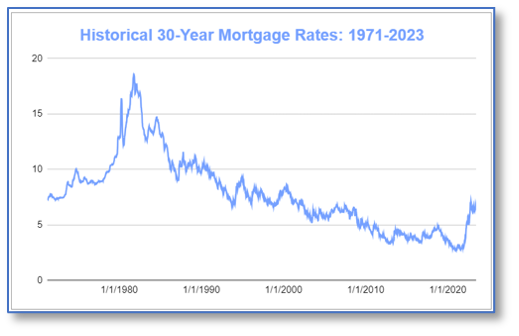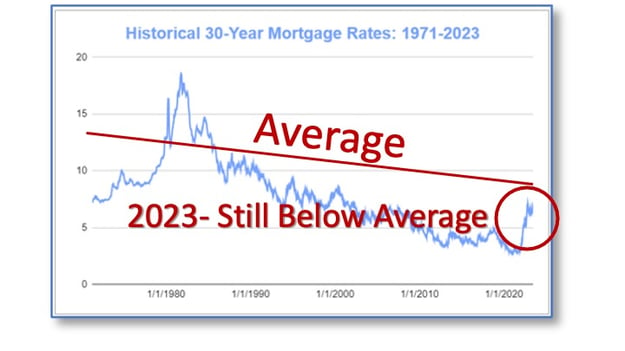and Dan Regard, CEO/Founder, iDS
As seasoned litigation consultants with law degrees, Dan (a testifying forensics expert and CEO) and Ken (a trial consultant, trial graphics expert, and CEO) have witnessed firsthand the striking distinctions between expert witness graphics and trial graphics. While these graphic types may appear similar, these types of graphics serve entirely different purposes in the legal realm.
Let's delve into seven ways in which expert witness graphics and trial graphics diverge:
1. Inform vs. Persuade. Expert witness graphics are meticulously crafted to illustrate expert testimony, whereas trial graphics are strategically designed to present evidence before a jury. Expert witness graphics aim to inform the audience about complex scientific or technical concepts and provide visual clarity to the expert's testimony. These graphics are often created by experts who have in-depth knowledge and expertise in their respective fields.
On the other hand, trial graphics are created by litigation artists working with litigation consultants, who focus on presenting the evidence in a persuasive and visually appealing manner to the jury. They simplify the information, ensuring it is easily comprehensible for laypeople, and aim to persuade the judge or jury of the client's position. They can (and do) take poetic license with the substance and may leverage analogies, caricatures, and even slight exaggerations to emphasize a point.
2. Experts create both. Typically, expert witness graphics are created by the very experts themselves, leveraging their knowledge and expertise in the subject matter. These experts have a deep understanding of their field's technical details and intricacies, allowing them to create graphics that effectively convey and simplify complex information.
On the other hand, trial graphics are often entrusted to the expertise of graphic designers working in concert with litigation consultants. These professionals have a firm grasp of visual communication and design principles, enabling them to create visually compelling graphics that enhance the presentation of evidence in the courtroom. They collaborate closely with the legal team to ensure the graphics align with the trial strategy.
3. Complex vs. Simple . . . but for Whom? Expert witness graphics tend to be more intricate and technical, aimed at capturing and presenting complex information. These graphics may include detailed charts, graphs, or diagrams illustrating scientific experiments, data analysis, or forensic evidence. They are intended to assist the expert witness in explaining or summarizing their findings and methodologies to other experts, attorneys, or judges familiar with the subject matter.
On the other hand, trial graphics are intentionally simplified to ensure clarity and comprehension for laypeople, such as jury members. These graphics distill complex information into easily digestible visuals, using clear and concise language and straightforward visuals to help the jury understand the key points and arguments of the case.
4. Specifics vs. Big Picture. Focused on specific aspects of a case, expert witness graphics are characterized by their meticulous attention to detail. They highlight specific findings, experiments, or technical processes crucial to the expert's testimony. These technical graphics provide a deep dive into the specific evidence and allow experts to present their analysis comprehensively.
In contrast, trial graphics offer a comprehensive overview of the case. They provide a big-picture view of the evidence, outlining the main arguments, key facts, and supporting evidence in a visually engaging manner. Trial graphics help the jury understand the overall narrative of the case and how the evidence fits together to support the client's position.
5. The Slower the Better vs. The Faster the Better. Expert witness graphics used to be confined to direct testimony. However, today they also are starting to appear much earlier - in written reports, where they provide visual support to complement written arguments. These graphics are carefully crafted to be scrutinized and studied at a slower pace, allowing the reader to absorb the complex information and understand the expert's analysis in detail. They are often included as exhibits in expert reports or used during depositions.
On the other hand, trial graphics hold their significance in oral presentations, where they supplement the spoken words and strengthen the delivery. These graphics are designed to be quickly and easily understood during live presentations, such as opening statements, closing arguments, or expert witness testimonies. They are strategically timed and integrated into the attorney's presentation to enhance the impact of their arguments and create a lasting impression on the jury.
Factual Expert Testimony
Persuasive Trial Demonstrative

6. Pre-Trial vs. Trial. Pre-trial proceedings predominantly rely on expert witness graphics to elucidate intricate scientific or technical concepts. During this phase, experts use graphics to explain their methodologies, analyses, and findings to attorneys, judges, or other experts involved in the case. These graphics aid in evaluating the evidence and may influence the decision to proceed to trial or reach a settlement.
The trial itself, however, utilizes trial graphics to illustrate key points and guide the jury's understanding. Trial graphics are carefully selected and strategically incorporated into the attorney's presentation to simplify complex evidence, highlight crucial facts, and reinforce the client's position. These graphics help the jury visualize the evidence, grasp the main arguments, and ultimately make an informed decision.
7. Narrow vs. Broad. Expert witness graphics find their application across various legal settings, adapting to the specific requirements of each case. They are used in various legal proceedings, including civil litigation, criminal trials, administrative hearings, or arbitration. The complexity and technicality of expert witness graphics make them valuable tools for effectively presenting scientific or technical evidence. On the other hand, trial graphics are more often utilized in the context of jury trials. They are designed to resonate with a diverse group of jurors and bridge the gap between complex legal concepts and their understanding. Trial graphics play a crucial role in shaping the narrative of the case.
Understanding the nuances between expert witness graphics and trial graphics is paramount for legal professionals seeking to leave an indelible mark in the courtroom. Therefore, when preparing for your subsequent trial, always remember to choose the appropriate graphics that best support your case.
Additional Persuadius Resources Related to Expert Witness Graphics & Trial Graphics:
- How to Be a Great Expert Witness (Part 1)
- How to Be a Great Expert Witness (Part 2)
- How to Be a Great Expert Witness (Part 3)
- 16 PowerPoint Litigation Graphics You Won't Believe Are PowerPoint
- What is Visual Persuasion and What Do You Need to Know About It?
- Free 144-page A2L E-book download: Storytelling for Litigators
- 7 Smart Ways for Expert Witnesses to Give Better Testimony
- Free Webinar: How Can Litigators Meld Expert Evidence with Winning Arguments? — Watch Anytime
- [New and Free E-Book] Expert Witnesses - Direct and Cross Examination
- 3 Ways to Handle a Presentation-Challenged Expert Witness
- 7 Reasons the Consulting Expert is Crucial in Science-Based Litigation
- Free Download: Using Science to Prevail in Your Next Case or Controversy
- Making the Complex Understandable in Pharmaceutical Cases
- Walking the Line: Don't Coach Your Experts (Re: Apple v. Samsung)
- Free Download: The Environmental Litigation Trial Presentation & Trial Prep- E-Book
- Environmental Litigation Demonstrative Exhibits and Trial Graphics
About Daniel L. Regard
Mr. Regard is an electronic discovery and computer science consultant with 25 years experience in consulting to legal and corporate entities. A programmer and an attorney by training, Mr. Regard has conducted system investigations, created data collections, and managed discovery on over a thousand matters. He is responsible for developing and implementing case and matter strategies that leverage technology in litigation and investigations. Mr. Regard has national and international experience advising on issues such as electronic discovery, computer forensics, structured data, and information management. He is a frequent speaker, teacher, and publisher on issues of electronic discovery.
Before founding iDiscovery Solutions, Inc. in 2008, Mr. Regard was the national director of e-Discovery for LECG. He was also the national director of Electronic Evidence & Consulting for FTI Consulting and was an electronic discovery and data analytics team leader in Analytical Dispute Services at Deloitte & Touche, where he managed multi-national, multi-jurisdictional, and multi-counsel litigation support projects. He began his career as the founder of a nationwide litigation-technology company.
Mr. Regard is a member of the Sedona Conference WG1: Electronic Document Retention and Production, and WG6: International Electronic Information Management, Discovery and Disclosure. He is a board member of Georgetown Advanced Institute for e-Discovery, one of the original four founders of the E-Discovery Institute (EDI), and a founding member of the Masters Cabinet. Mr. Regard is the founder of b-Discovery, a monthly e-Discovery networking group that meets throughout the United States.





Leave a Comment